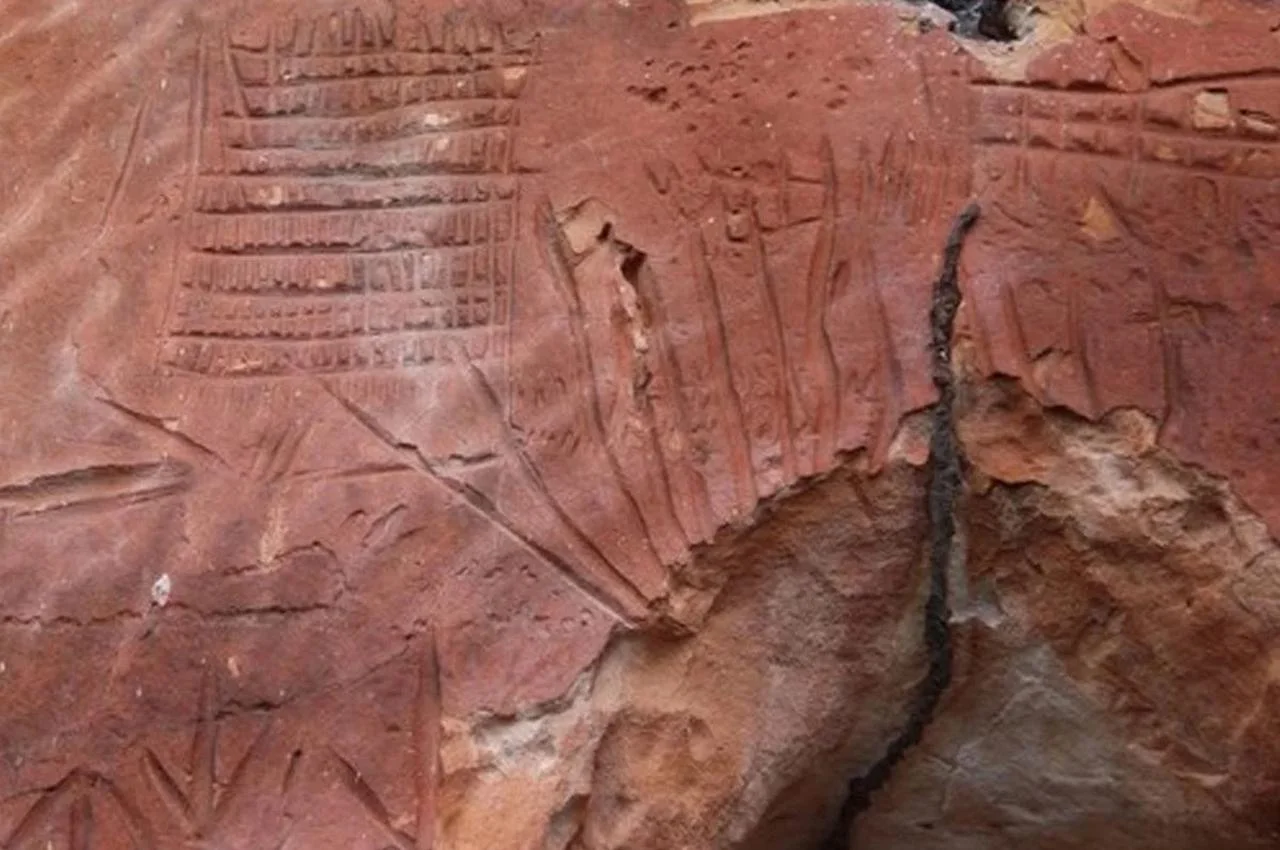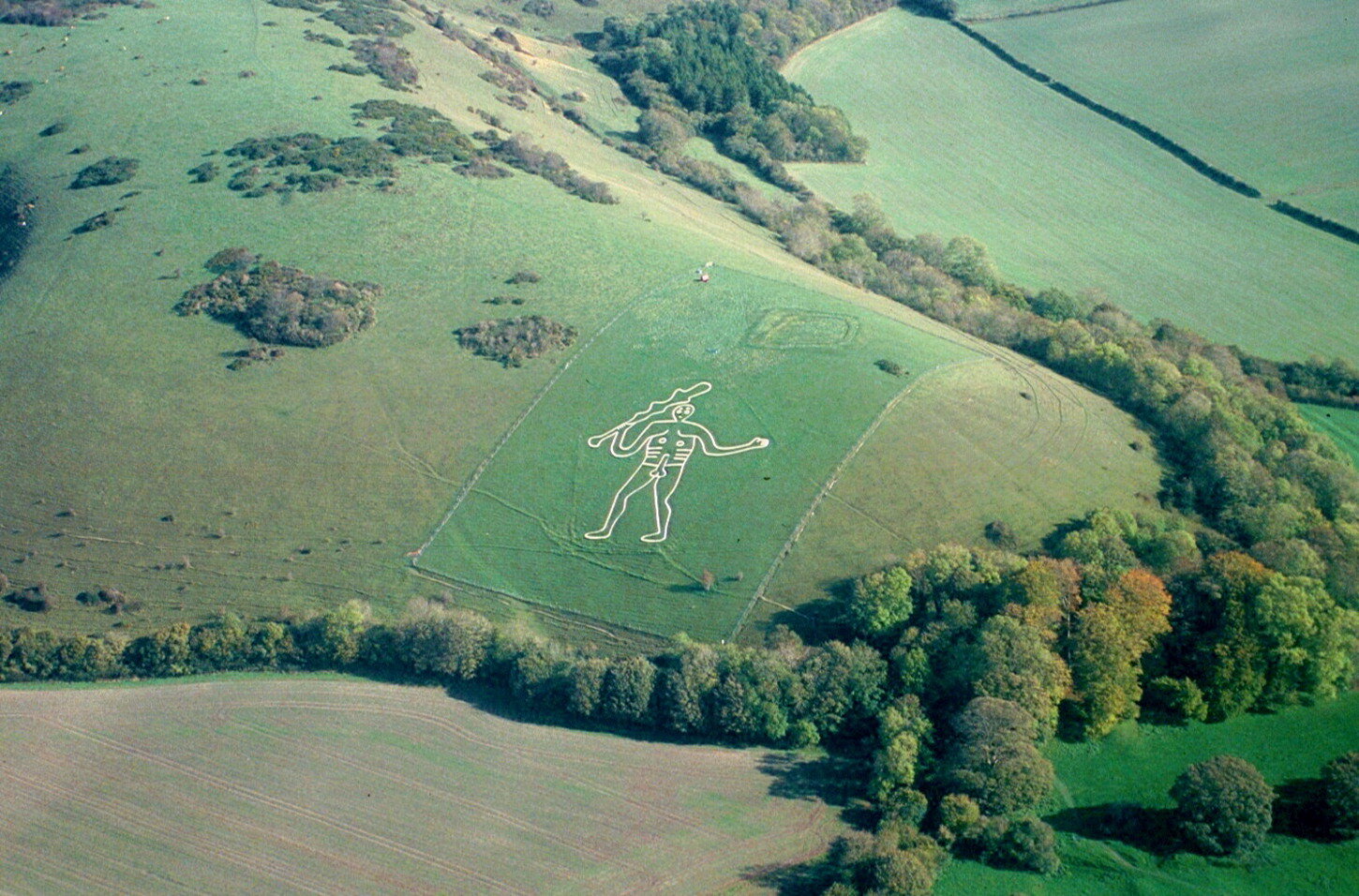Archaeologists working in the Jalapão region of Tocantins, Brazil, have made a significant discovery: 16 new archaeological sites containing ancient rock art dating back 2,000 years.
Explored by Brazil’s National Institute of Historical and Artistic Heritage (IPHAN) since 2022, these sites display a wide variety of rock art works, including human and animal footprints, carved symbols, and depictions of celestial bodies.
The findings provide valuable information about the region’s rich history and long-term human habitation, with evidence suggesting human presence in Jalapão for at least 12,000 years.
However, these newly discovered areas are threatened by various factors such as wind erosion, forest fires, deforestation and vandalism.
IPHAN initiated conservation efforts and education campaigns in the region to protect these historical treasures.
The discovery of these 16 new rock art sites in Jalapão provides a significant contribution to our understanding of the region’s ancient inhabitants and their cultural practices.
The diversity of rock art provides valuable clues about their beliefs, rituals and relationships with the environment.
Cover Photo: Rômulo Macedo/IPHAN




